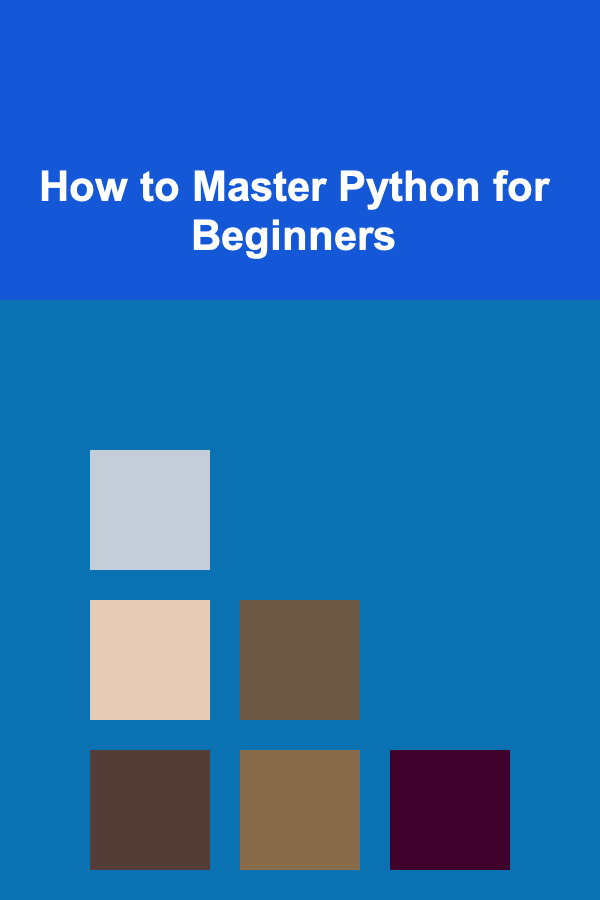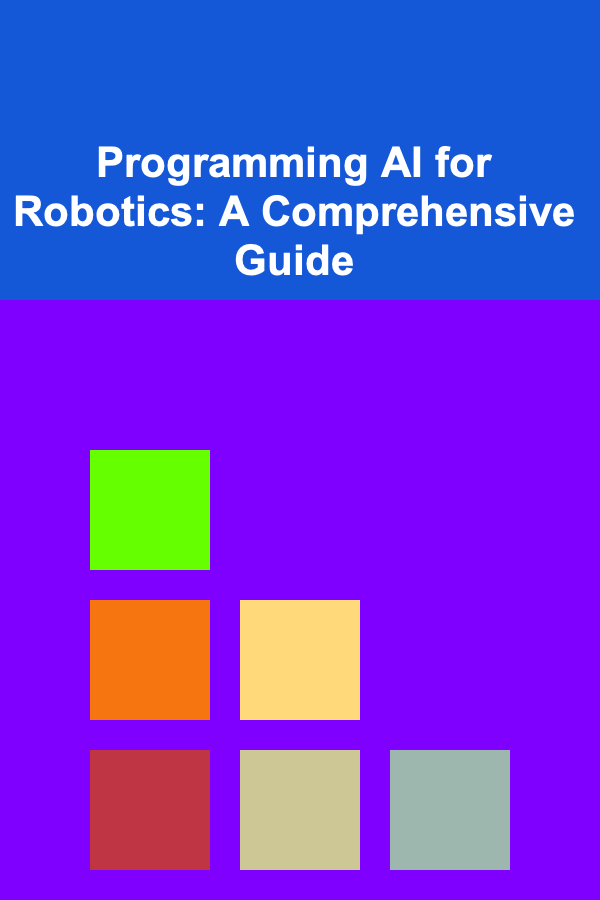
How to Write Meditation Scripts Focusing on Body Scan Techniques
ebook include PDF & Audio bundle (Micro Guide)
$12.99$10.99
Limited Time Offer! Order within the next:
Not available at this time

Meditation is an ancient practice that has been adapted in various forms to help individuals achieve relaxation, mindfulness, and emotional healing. One of the most commonly used techniques in modern meditation is the body scan, a practice that encourages individuals to bring awareness to different parts of their body. Writing a meditation script that focuses on body scan techniques is an excellent way to guide people through this mindful journey, helping them release tension and increase self-awareness.
This guide will explore how to write a body scan meditation script that is effective, calming, and profound. It will cover the purpose of the body scan, the structure of a meditation script, how to use language and tone, and offer practical tips to enhance the overall experience.
The Purpose of Body Scan Meditation
Before we dive into the specifics of writing a meditation script, it's important to understand the purpose and benefits of the body scan technique. A body scan is a mindfulness practice that involves systematically focusing attention on different parts of the body, often starting from the toes and moving up to the head, or vice versa. This process allows practitioners to observe sensations, discomforts, and tensions without judgment.
The body scan technique is particularly useful for:
- Reducing stress: By focusing on the body, you activate the parasympathetic nervous system, which helps relax the body and mind.
- Improving body awareness: Many people live disconnected from their bodies, and a body scan encourages reconnecting with oneself in a mindful way.
- Releasing tension: Holding onto stress or anxiety often manifests in physical tension, and the body scan can guide practitioners to release this physical stress.
- Developing mindfulness: The body scan encourages present-moment awareness, which is a core component of mindfulness and meditation.
With these benefits in mind, the next step is to focus on the script itself and how to structure it for a successful meditation.
Understanding the Structure of a Body Scan Meditation Script
A good body scan meditation script should be clear, gentle, and easy to follow. The structure of the script will guide the meditator through the practice in a way that feels natural and soothing. Below is a general outline of the key sections that should be included in the script:
- Introduction: The beginning of the script sets the tone and prepares the meditator for the practice. It is important to establish a calm atmosphere and encourage relaxation.
- Grounding and Centering: In this part of the script, the meditator is encouraged to become aware of their breath and begin the process of grounding themselves. This can include instructions for finding a comfortable position and settling into the moment.
- Body Awareness Instructions: Here, you will begin the actual body scan, directing the meditator's attention to different parts of their body in a systematic and thoughtful manner. This is typically done from the toes to the head or vice versa.
- Releasing Tension: During the body scan, encourage the meditator to notice areas of tension and, if possible, let go of it. This may include deeper breathing, relaxation cues, and affirmations.
- Closing: After scanning the entire body, you'll guide the meditator back to the present moment, helping them slowly come out of the meditation and reorient themselves to the world around them.
Let's now break down each of these sections and explore how to write them effectively.
1. Introduction
The introduction to your body scan meditation script is crucial because it sets the stage for a calming and peaceful experience. It should create a safe space for the meditator and help them transition from their busy life into a state of relaxation. The language should be warm, inviting, and gentle.
Example Introduction: "Welcome to this body scan meditation. In this practice, you will be invited to bring your attention to different parts of your body. There's no need to rush or force anything. Simply observe whatever you're feeling with kindness and without judgment. Find a quiet, comfortable place where you can sit or lie down without any distractions. Take a moment to settle in, ensuring that your body is fully supported. When you're ready, gently close your eyes and take a deep breath in... and exhale slowly."
2. Grounding and Centering
After the introduction, it's important to center the meditator's attention on their breath and help them feel grounded in the present moment. This phase of the meditation will encourage a relaxed focus, which is necessary for the body scan to be effective. It's also essential to encourage a gentle, non-striving approach, helping the meditator to let go of any expectations or pressures.
Example Grounding Instructions: "Bring your awareness to your breath. Notice the sensation of the air as it enters your nose and fills your lungs. Feel the rise and fall of your chest and belly with each inhale and exhale. With each breath, feel yourself becoming more present, more grounded. Let go of any thoughts or concerns about the past or future. Right now, this moment is all that matters. If your mind begins to wander, gently guide your focus back to your breath."
3. Body Awareness Instructions
Once the meditator is grounded, begin guiding them through the body scan. This part is about developing awareness of the body's sensations, starting from one end (either the feet or the head) and moving slowly and mindfully through the rest of the body. As you guide them, use sensory language to describe how to focus on different body parts.
Example Body Scan Instructions: "Now, begin by bringing your attention to your feet. Notice any sensations you feel in your toes, the soles of your feet, and the tops of your feet. Perhaps you feel warmth, coolness, or slight pressure. Simply observe these sensations without trying to change them.
Slowly move your attention up to your ankles, calves, and knees. Are there any sensations here? Perhaps tension, tightness, or ease? Again, just notice whatever is present without judgment.
Continue moving up to your thighs, hips, and lower back. Feel any sensations here. Maybe your muscles feel strong or soft, maybe there's an area of tightness or discomfort. Allow yourself to simply observe and breathe into any areas that need attention.
Now, move your awareness to your abdomen. Notice the gentle rise and fall of your belly with each breath. What does this area feel like? Relax your belly, allowing it to soften with every exhale.
Continue scanning through your chest, shoulders, arms, and hands. Notice any tension in your shoulders or elbows. Allow your arms and hands to relax as you breathe deeply into each area.
Move your awareness up through your neck, jaw, and face. Notice if your jaw is clenched, or if there's any tightness around your eyes or forehead. Allow your face to soften, releasing any remaining tension."
4. Releasing Tension
As you guide the meditator's attention through the body, it's important to emphasize the release of tension. Encourage them to breathe deeply and let go of any tightness or discomfort they may encounter. This is a central element of the body scan, as it helps the meditator fully relax and experience a sense of ease in their body.
Example Releasing Tension Instructions: "If you notice any areas of tension or discomfort, take a moment to breathe into that part of your body. With each exhale, imagine releasing any tightness, allowing your muscles to soften and relax. Trust that you are not required to fix anything---just observe and let go.
If you encounter any discomfort, allow it to be there without resistance. Simply notice it, and breathe into it. With each breath, let go of any attachment to the sensation. Allow it to soften and dissipate."
5. Closing
As the body scan meditation comes to an end, it's important to guide the meditator back to the present moment. Slowly bringing them out of the meditation can help prevent a jarring transition and ensure that the relaxation remains. The closing section should allow the meditator to gradually reawaken their body and mind with a sense of peace and tranquility.
Example Closing Instructions: "Take a few deep breaths here, feeling the breath move through your body. Begin to bring your awareness back to the room around you, gently wiggling your fingers and toes. When you're ready, slowly open your eyes, feeling refreshed and grounded. Take a moment to notice how your body feels now---perhaps lighter, more relaxed, or more present. When you're ready, gently move your body and carry this calm awareness with you as you move through your day."
Practical Tips for Writing a Body Scan Meditation Script
- Use Clear, Simple Language: When writing a meditation script, it's essential to use language that is simple and easy to understand. Avoid complex terminology or concepts that might confuse the listener. Aim for clarity and conciseness.
- Pace the Script: The pacing of the script is crucial for a successful meditation. Leave space between each instruction to allow the meditator to process and fully experience each step of the body scan. Avoid rushing the process.
- Use Soothing and Gentle Language: Meditation scripts should be calm and soothing. Words like "relax," "soften," and "breathe" create a comforting atmosphere. Keep your tone gentle and inviting.
- Include Breathing Instructions: Encourage deep, mindful breathing throughout the body scan. Breathing is an essential tool for relaxation, and reminding the meditator to breathe deeply can enhance their sense of calm.
- Emphasize Non-Judgment: Remind the meditator to observe sensations without judgment. This non-judgmental approach is fundamental in mindfulness practices and helps cultivate a sense of peace and acceptance.
Conclusion
Writing a meditation script focusing on body scan techniques is a rewarding process that can deeply impact the meditator's experience. By guiding individuals through a mindful awareness of their bodies, you help them tap into a place of deep relaxation, reducing stress and increasing self-awareness. The key is to create a script that is calming, clear, and paced in a way that allows the meditator to fully engage with the present moment.
With practice, writing meditation scripts will become an even more intuitive process, and you'll be able to offer valuable tools for others to improve their well-being through mindfulness and relaxation.

How to Create a Cozy Reading Nook with Safavieh Floor Lamps
Read More
How to Make Your Home More Comfortable with Ambient Lighting
Read More
How to Master Python for Beginners
Read More
How to Set Up an Accounting System for Small Businesses: A Detailed Actionable Guide
Read More
How to Track Your Home Expenses Effectively
Read More
Programming AI for Robotics: A Comprehensive Guide
Read MoreOther Products

How to Create a Cozy Reading Nook with Safavieh Floor Lamps
Read More
How to Make Your Home More Comfortable with Ambient Lighting
Read More
How to Master Python for Beginners
Read More
How to Set Up an Accounting System for Small Businesses: A Detailed Actionable Guide
Read More
How to Track Your Home Expenses Effectively
Read More